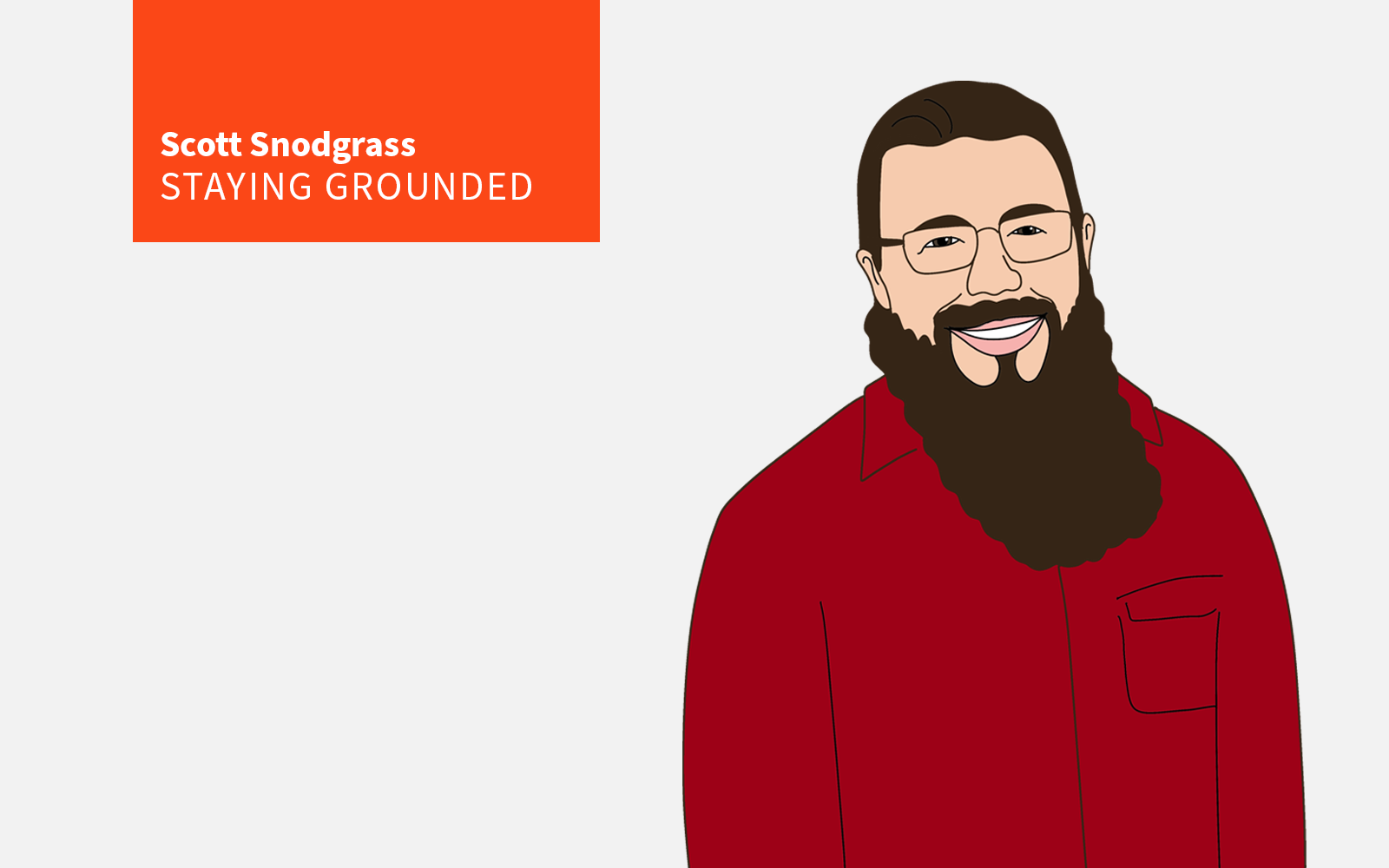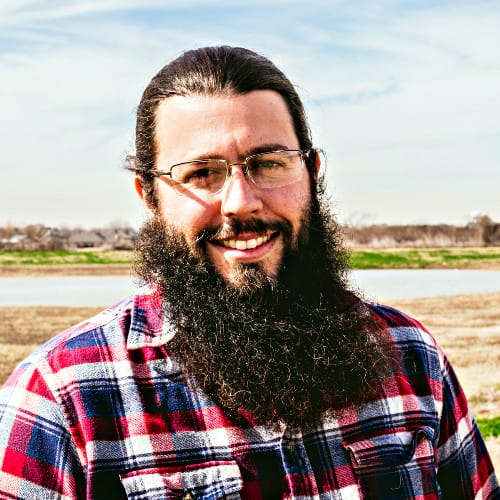Land
Neighborhoods Need People Energy, Not Just Housing Units
Scott Snodgrass — urban farmer turned community developer — makes his debut with The Builder’s Daily a compelling call to action: let’s rethink neighborhood design through the lens of human-centered science.

I’ve always loved science. As a child I was rather easy to entertain with model rockets, human-sized soap bubbles, and electric circuits. Some of my fondest childhood memories were visiting children’s museums during trips to see my grandparents.
In my early careers I used chemistry to understand aroma and taste as a coffee importer, botany to care for plants in the landscape trades, and soil biology to develop nutritious food as an urban farmer. Through all of the industries I’ve worked in, I’ve learned to view the world from an ecosystems perspective, linking actors and actions in intensely complex webs of life.
These days, as a (novice) real estate developer, I don’t use the hard sciences in quite the same way I did in my other careers. But as I look back at the path that led me to human-centered real estate development, I can now see how the stars aligned along the journey that has brought me here today.
Look to the Night Sky
In 2022, the California-based Lawrence Livermore National Laboratory demonstrated for the first time that we can create nuclear fusion reactions that produce more power than they take to start, creating what appears to be a very clean and potentially endless source of power. This is the very same sort of physical reaction happening at the center of our sun and other stars.
Much like people, hydrogen atoms are attracted to each other. And the more these atoms pile up, the more gravity is created and the more attractive the mass becomes. Mind you, this is no small miracle, as the universe is always trending toward entropy; the dispersion and cooling of matter and energy.
Our neighborhoods suffer the same entropy. As author Jeff Siegler points out in “Your City is Sick,” without the constant addition of human energy, our cities fall apart; potholes form, plants wither, litter piles up, and storefronts become vacant. We have to actively find ways to bring neighbors together to care for the places they live.
When atoms encounter each other in very dense environments, they are forced to interact with each other. In these collisions, they exchange particles, creating new elements and releasing unfathomable amounts of energy.
These fusion reactions require a delicate balance between the outward force of the energy released and the gravitational pull created by their density. Just the same, our neighborhoods have to find balance between attracting residents and releasing the energy of economic generation.
What’s Next?
In my future writings for the TBD audience, I hope to make the case that humans should be our primary stakeholders and the neighborhood should be our unit of focus. While building more will certainly be a critical strategy for escaping our current housing crisis, we cannot simply focus on “units of shelter” but must consider the entire neighborhood, including land planning, mobility, density, street design, housing choice, and more.
We’ll explore how we can increase neighborhood density to the point of starting chain reactions without collapsing our communities into black holes. We’ll learn how to create “serendipitous collisions” between human beings that build cultural awareness, community resilience, and social well-being. We’ll uncover strategies for fighting entropy through programming and governance. And, hopefully, we’ll find some ways to turn our neighborhoods into fusion reactions, generating the equitable economic energy for which cities have long been famous.
We’ll do this learning through reviewing books, observing Jane Jacobs’ “sidewalk ballet,” studying neighborhood ecosystems, and even digging into some of that scientific research that I’ve unapologetically grown to love so much.
I hope you’ll join me for the ride.
MORE IN Land
D.R. Horton Bets Big On AI-powered Land Technology
America’s largest homebuilder has gone all-in on AI. D.R. Horton’s multi-year partnership with Prophetic signals a turning point for technology adoption in land acquisition—and a warning to competitors still operating in manual mode.
Land 'Heavy,' Future Ready: Stanley Martin’s $700M Pivot
In an AI-driven land rush, Stanley Martin Homes turned deep zoning and engineering expertise into one of the largest single-use, single-parcel land sales in U.S. history. President Steve Alloy explains why playing “land heavy” still pays off when skill meets timing.
Millrose Q3 Outperforms On Tech, Discipline & Land‑Light Strategy
As many builders pull back, Millrose Properties leverages data‑driven underwriting and select partnerships to bank growth despite a softening market.
